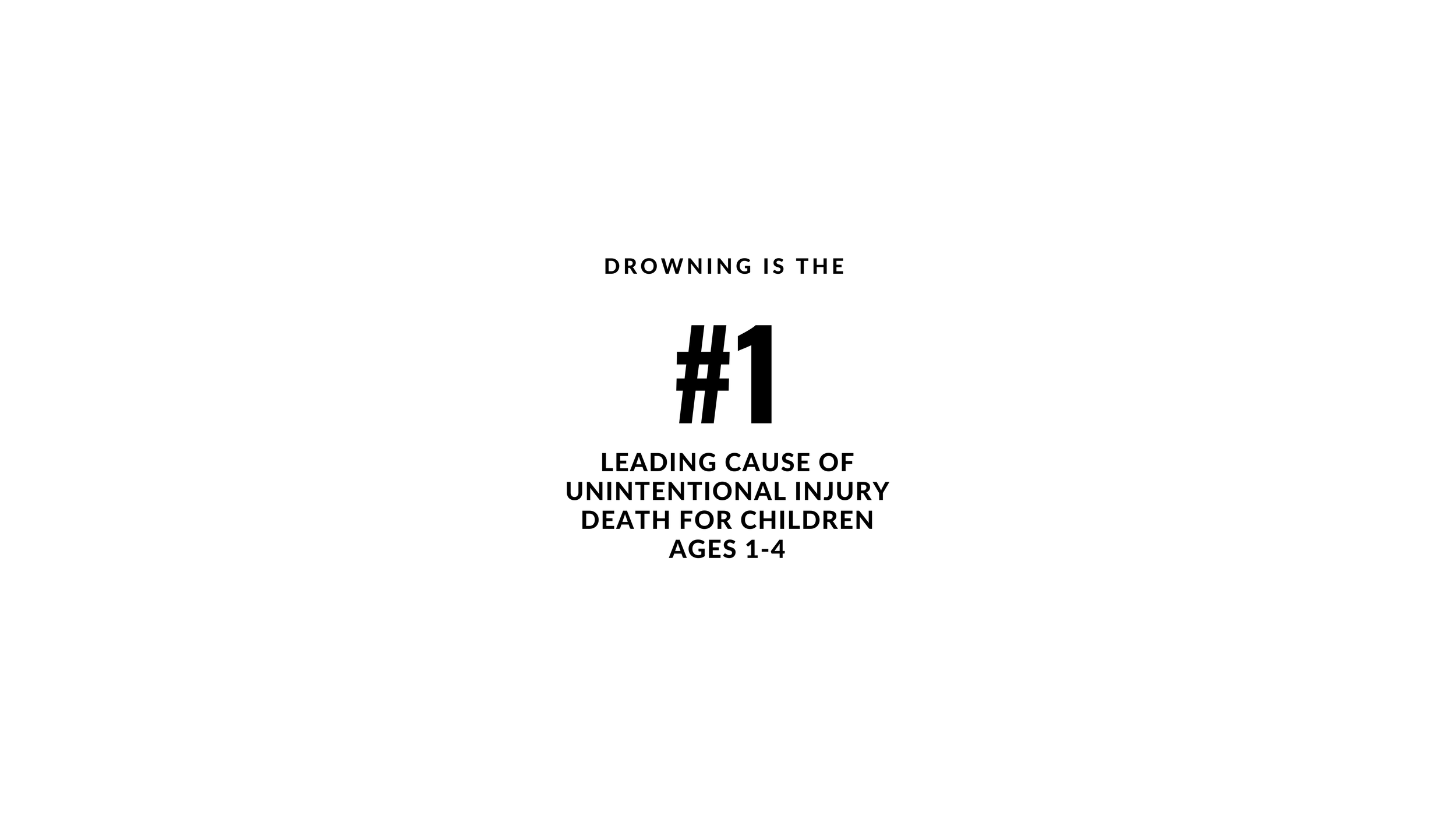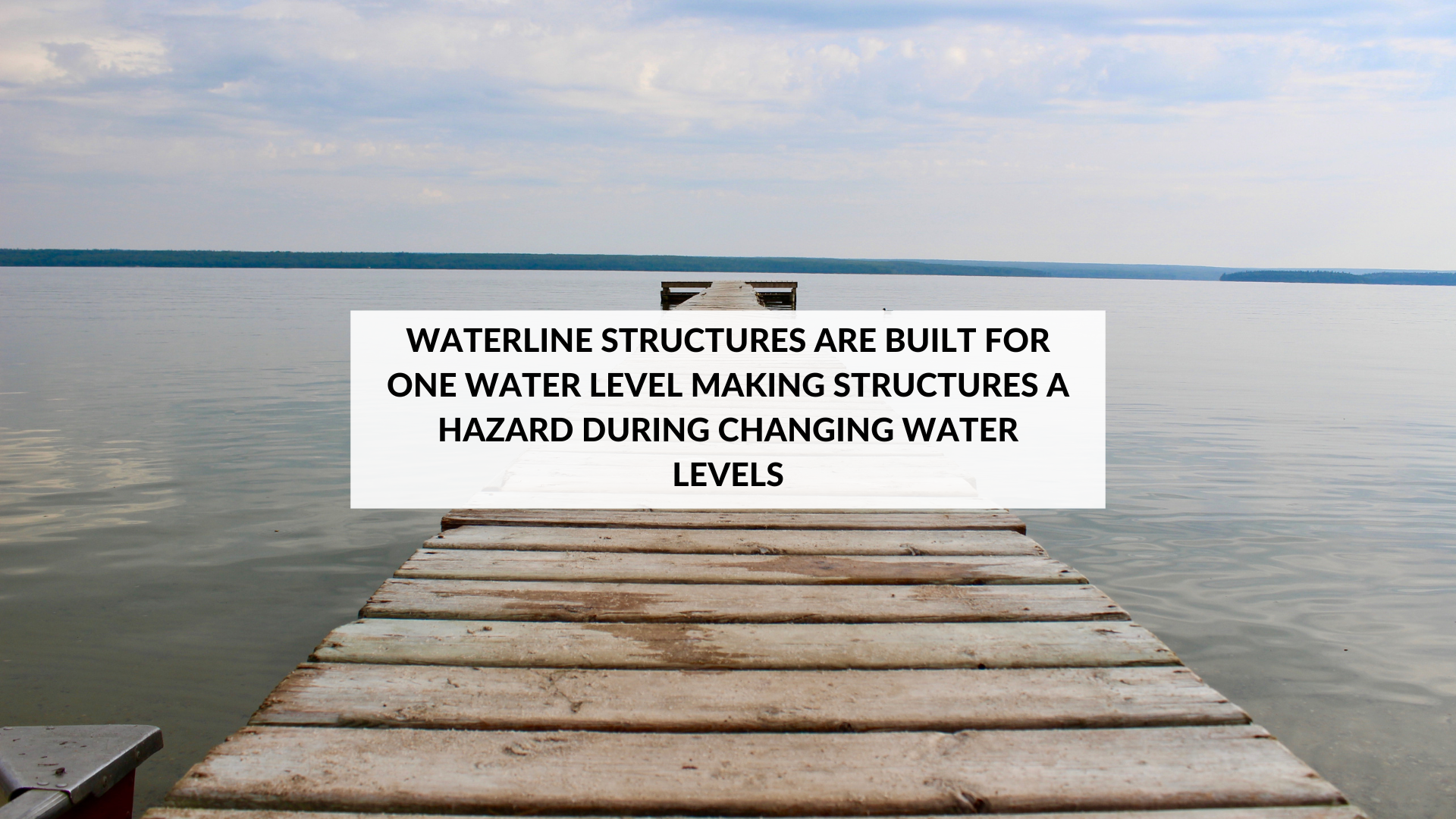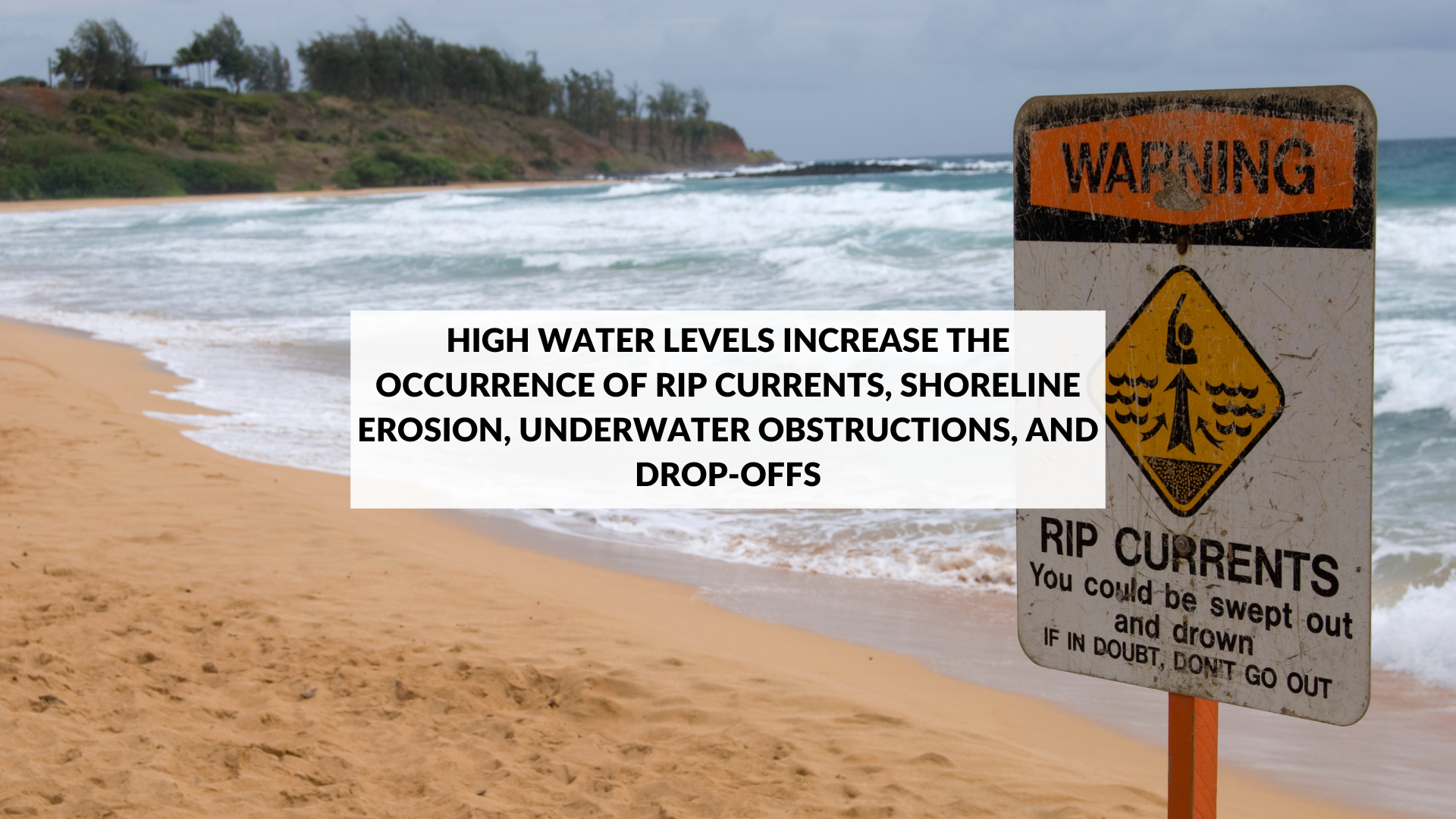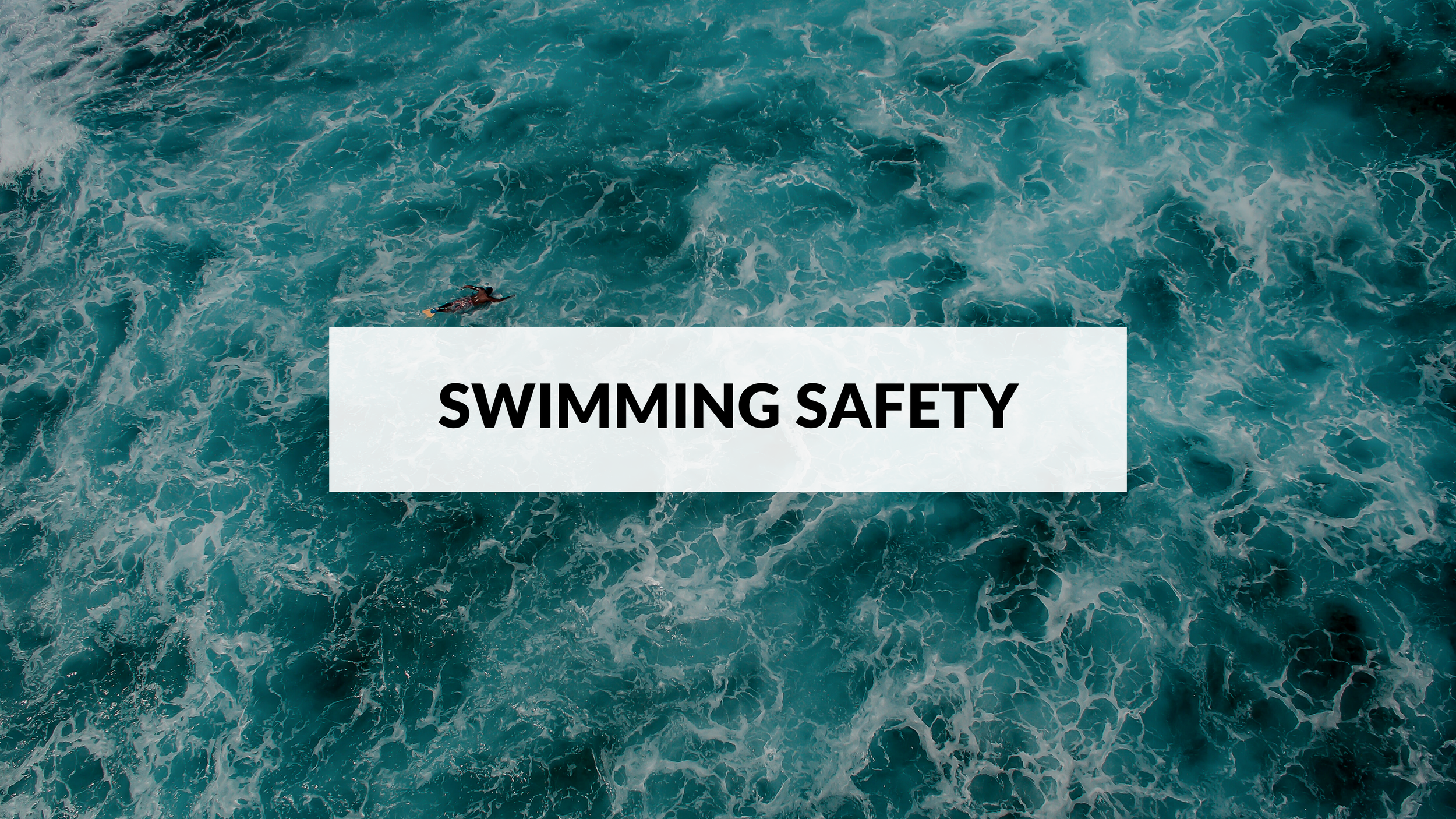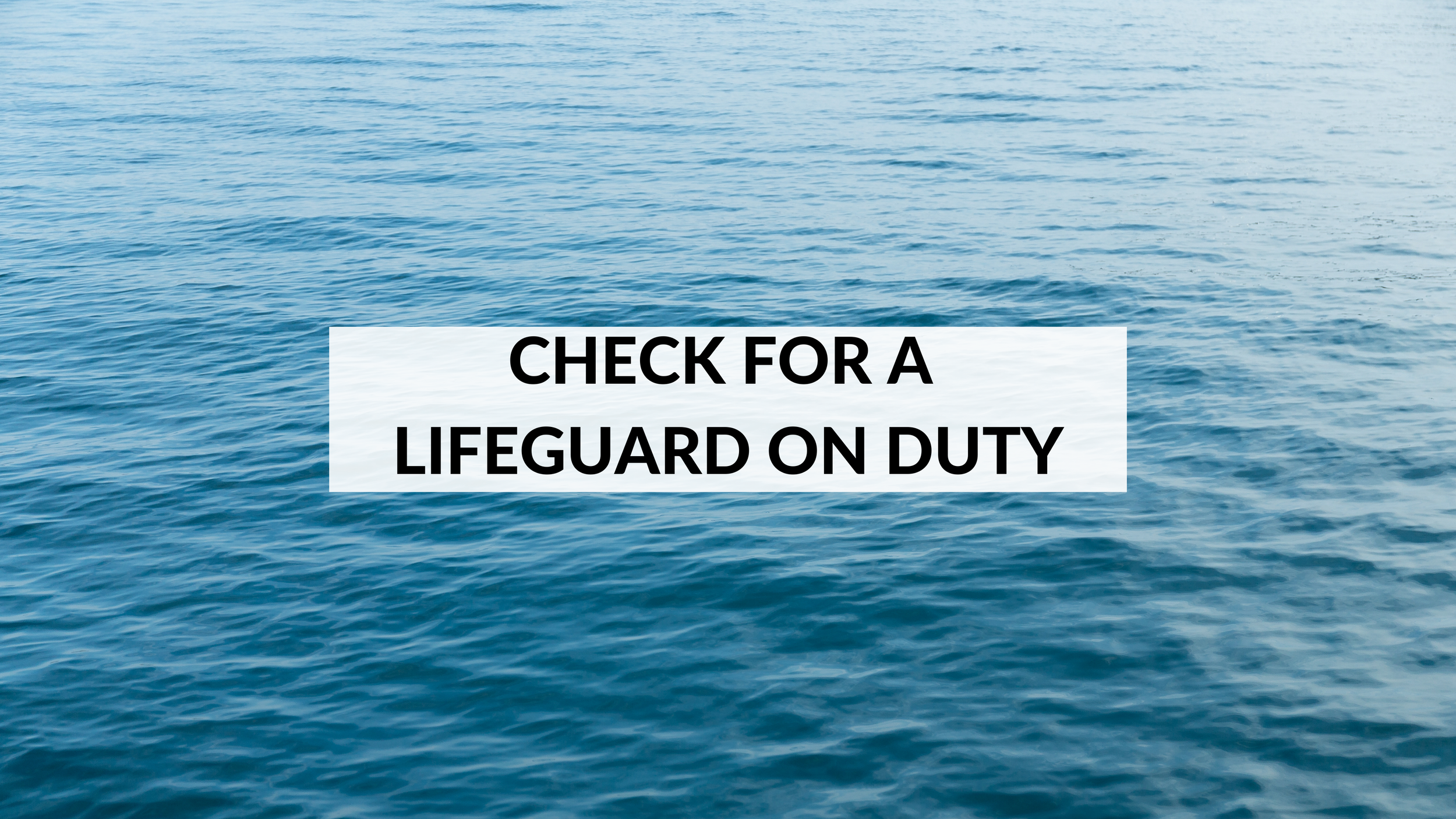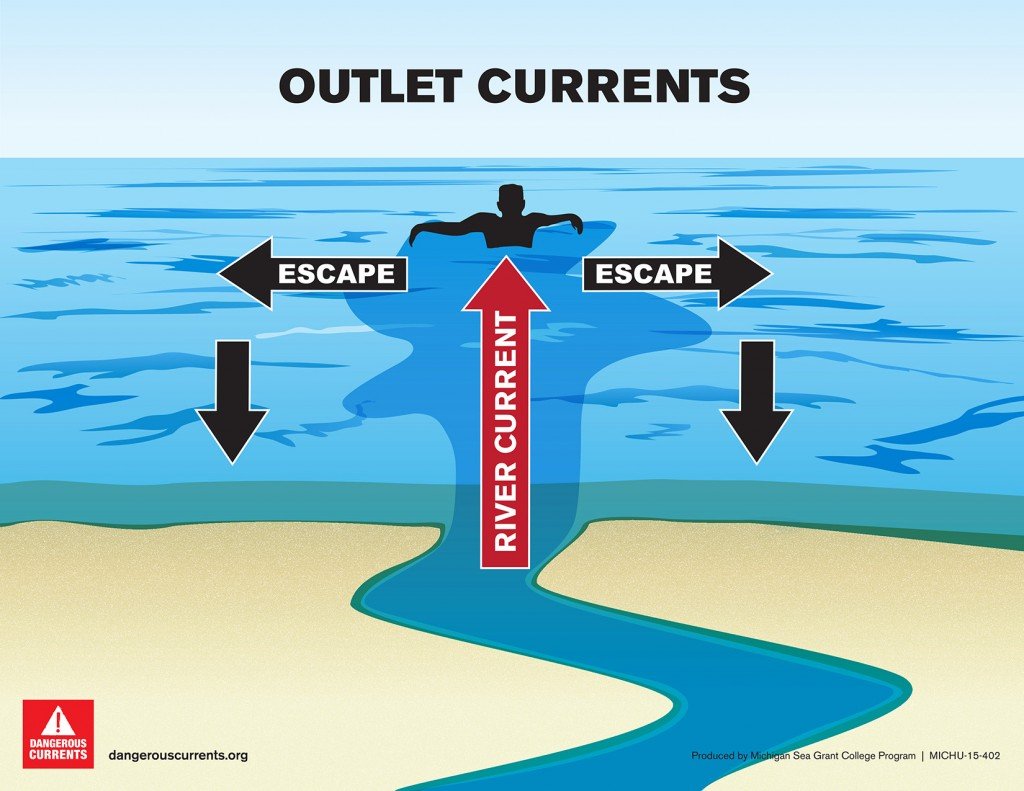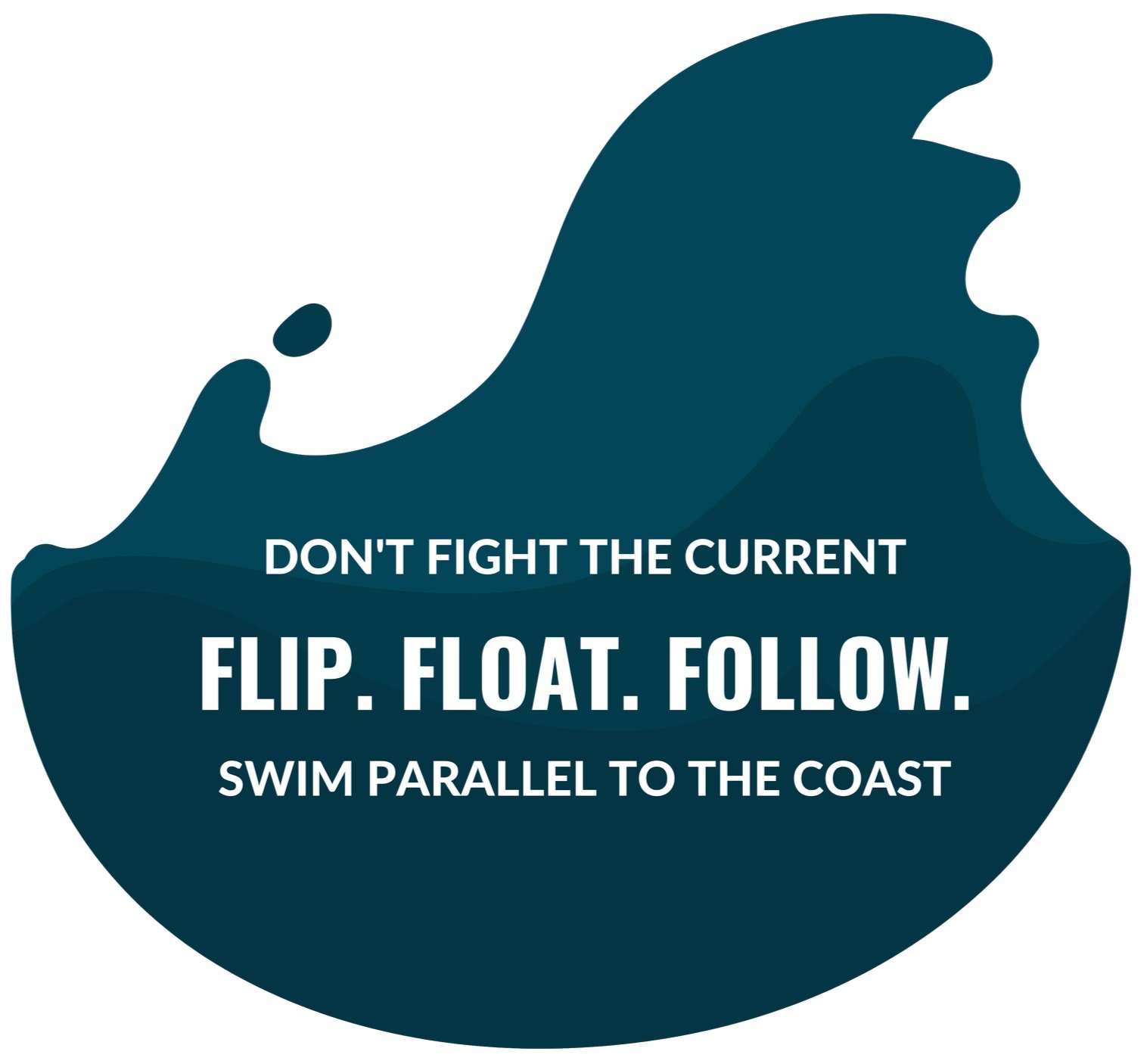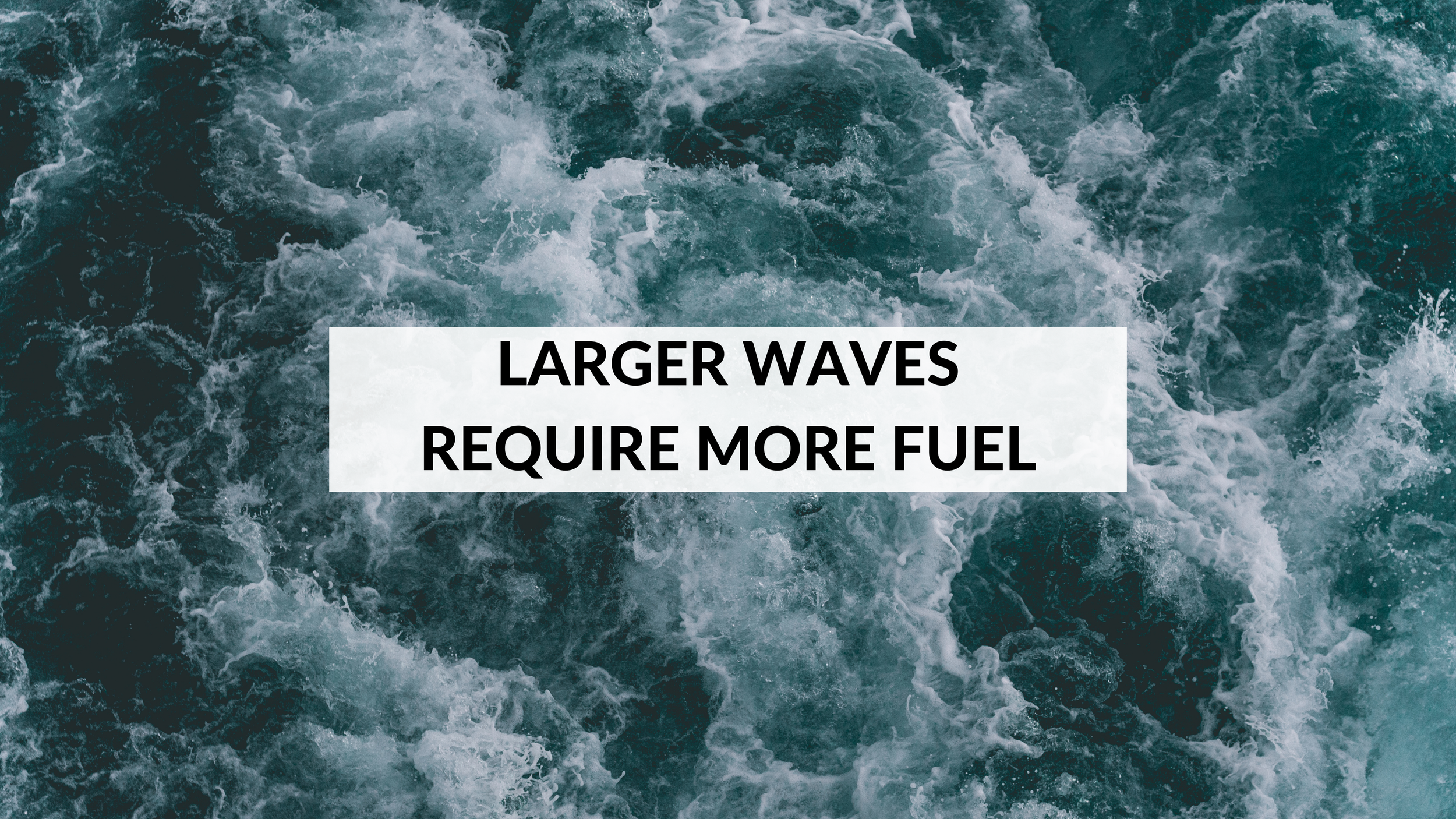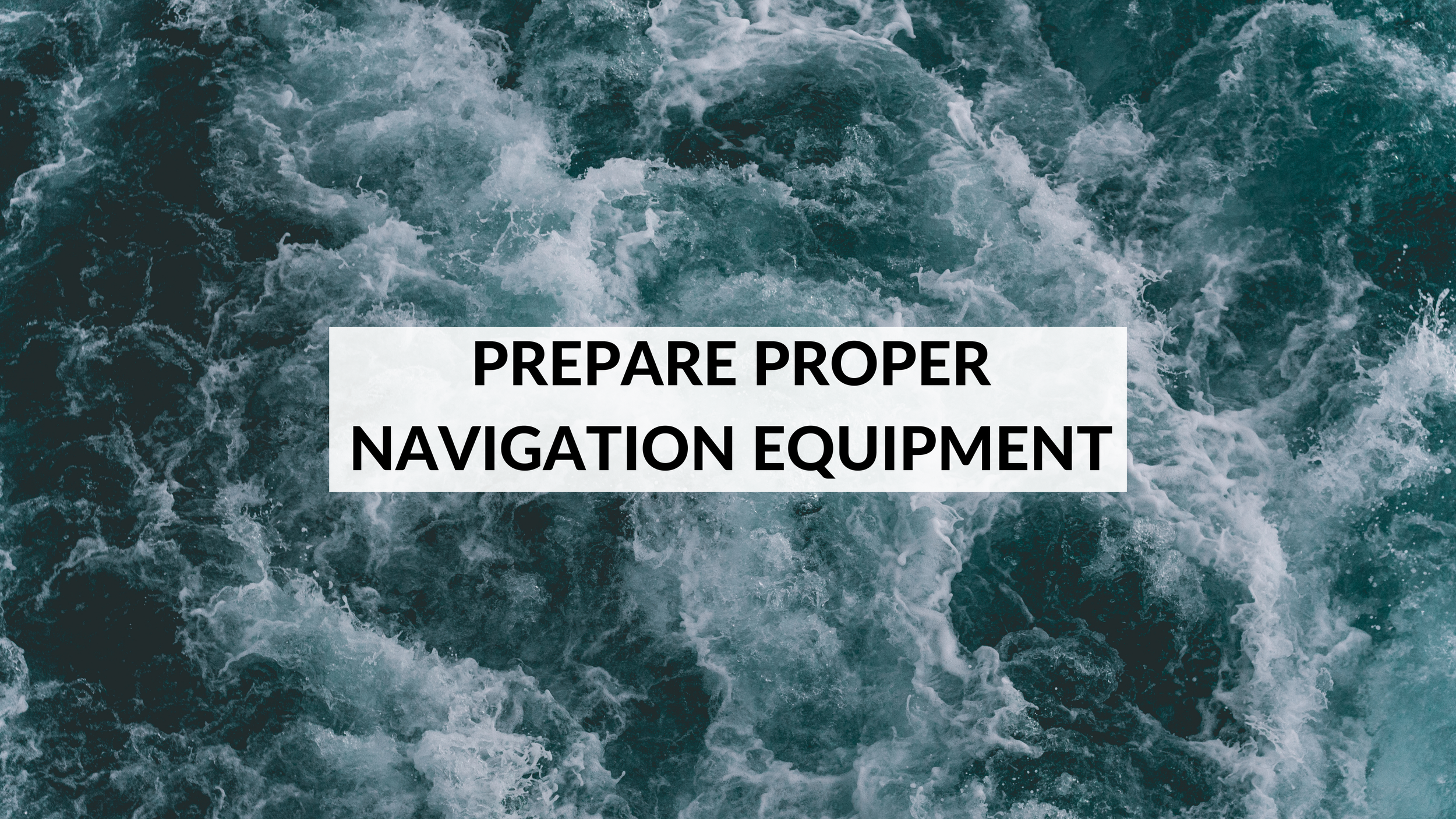
Water Safety
GENERAL WATER SAFETY PRECAUTIONS
“Know before you go”
Weather conditions on lakes, especially Lake Superior, change rapidly and can be unpredictable at times. When high winds start to form, waves become larger and increasingly become a hazard to people enjoying the water. Fog is another weather event that decreases visibility making it difficult to see boaters, swimmers, and hazards in the water. To prepare for weather events such as high winds and fog, check the weather before you decide to go. Looking at the radar, upcoming storms, and wind speeds can help you decide if it is safe to enjoy the water. Remember, “know before you go” and “when in doubt, don’t go out”.
WEATHER PLANNING & AWARENESS
Lake Superior can be incredibly cold even in the summer months. Although the air can feel hot, the water is still cold due to the size and volume of Lake Superior. The highest water temperature Lake Superior reaches is less than 77 °F. When swimming in cold water at temperatures under 77 °F, rapid submersion can trigger gasping for air and rapid breathing. This makes it difficult to swim and difficult to warm up after getting out of the water putting yourself at risk for hypothermia. To prepare for cold water temperatures check the water temperature before you go in and wear a life jacket. For after swimming in cold water, bring a towel, a blanket, and a change of clothes to warm up your body and prevent hypothermia. Also, it is always best to never swim alone and communicate with those around you.
WATER TEMPERATURE
Underwater obstructions can be a safety hazard when boating or swimming. Obstructions such as rocks, mining equipment, old structures, sunken docks, and eroded pylons can be hidden underwater. Judging underwater obstructions and distance is hard from above the water. Proceed cautiously before jumping, diving, or boating where obstructions are visible.
UNDERWATER OBSTRUCTIONS
Overgrowth of algae can produce harmful toxins. These harmful toxins can be transmitted through skin contact, swallowing water, or breathing in water droplets. To ensure your safety from harmful algae blooms, look for warnings in the local media about where they are occurring. When areas are affected, avoid swimming, playing, wading, fishing, or boating to stay safe. It is also important to keep your pets away from the water. Pets, like humans, can be affected by harmful algal blooms.
HARMFUL ALGAL BLOOMS (HABs)
Rip currents are powerful streams of water moving swiftly away from the shore occurring in waves of 2-3 feet or greater. These currents will not pull a swimmer underwater but will send them away from the beach. To ensure your safety from rip currents, observe the shore for signs of sediment in the water flowing away from the shore or see breaks in wave patterns. If you are caught in a rip current, do not fight against the current. Follow it out and swim to the sides adjacent to the shore and swim back towards shore once you are out of the current.
RIP CURRENTS
“Stay clear of the Pier”
Water structures can create strong currents. Piers are a good example. The current can move you towards the structure, pushing water over your head, and making it feel like you are swimming in a washing machine. There are limited ways to get out of a strong structural current. If you are in one, try to access a ladder, yell for help, or seek a life ring thrown to you from shore. To ensure your safety, avoid jumping off and swimming near piers altogether.
STRUCTURAL CURRENTS
Although outlets can be nice to swim in because the water is warmer, they can have the same effect as rip currents and should be avoided. To escape an outlet current, follow the same procedures as a rip current.
OUTLET CURRENTS
Long shore currents move along or parallel to the shoreline. They often occur close to the shore between first and second sandbars. These currents become dangerous when they carry you towards other harmful currents such as structural currents. To escape long shore currents, swim towards the shoreline. Always stay 100 ft back from structures such as piers or breakwalls incase if a long shore current is present.
LONG SHORE CURRENTS
Sources
Water Level Hazards
Great Lakes Water Levels 1918-2022 - Army Corps of Engineers
Do the Great Lakes have Tides? - NOAA
Algal Blooms
Water Quality - San Joaquin County California
Rip Currents
How to Avoid Getting Caught in a Rip Current - NOAA
Rip Current Brochure - NOAA Rip
Upwellings Vol. 27 No. 2 | Rip Currents! Be Aware, Swim with Care - Michigan Sea grant
Water Safety
General Water Safety - Red Cross
Lake Superior Safety Tips - Northern Michigan University
Coastal Hazards
Coastal Hazards and Safety - Michigan Sea Grant
Water Temperature

